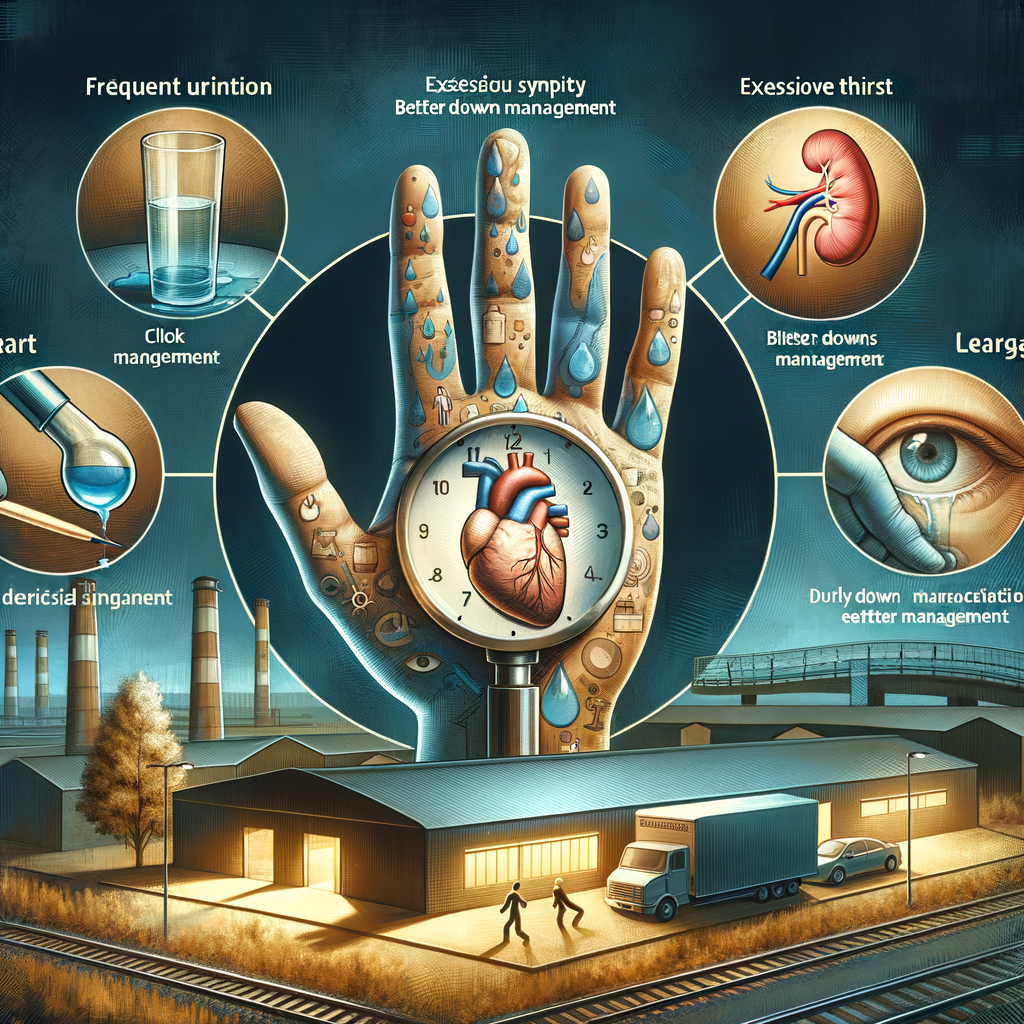A Comprehensive Guide to Natural Pain Relief
In an age where pharmaceuticals dominate the conversation around pain management, many individuals seek natural alternatives. This blog post delves into the world of natural pain relief, exploring various methods, their efficacy, and how they can seamlessly fit into your daily routine.
Understanding Pain and Natural Remedies
Pain is an intricate experience, primarily governed by how our nervous system interprets signals sent to the brain. While acute pain can be beneficial—acting as a warning signal for injury or illness—chronic pain is often debilitating and can severely affect quality of life.
Natural pain relief methods offer an alternative approach without the sometimes harsh side effects associated with traditional medicines. Here’s an in-depth look at some common natural pain relief options:
1. Herbal Remedies
Herbs have been employed across cultures for thousands of years to alleviate pain. Here are some of the most effective:
- Willow Bark: Known for its salicin content, willow bark has been used traditionally to relieve pain similar to aspirin.
- Turmeric: The active ingredient, curcumin, possesses anti-inflammatory properties, making it effective against joint pain.
- Ginger: Often used for its anti-inflammatory effects, ginger can help reduce pain related to arthritis and other inflammatory conditions.
2. Physical Therapies
Integrative approaches to pain management through physical therapies emphasize movement and manipulation of the body to relieve discomfort. Some popular methods include:
- Massage Therapy: Enhances relaxation and can alleviate muscle tension, providing significant relief from pain.
- Acupuncture: An ancient Chinese practice that involves inserting thin needles into specific body points to relieve pain and promote healing.
- Chiropractic Care: Focused on spinal adjustments, this therapy can relieve pain and improve physical function.
3. Mind-Body Techniques
The connection between the mind and body plays a critical role in pain perception. Techniques that nurture this relationship include:
- Meditation: Regular practice can enhance a person’s ability to cope with pain through improved mental strength and decreased stress.
- Hypnosis: Self help audio hypnosis programs can be a great aid in pain management, and an adjunct in the healing process.
- Yoga: Combining physical postures with breath control, yoga emphasizes flexibility and muscle strength, promoting overall wellness.
- Tai Chi: Often described as “meditation in motion,” Tai Chi can be effective in managing pain through gentle movements and improved balance.
The Role of Nutrition in Pain Relief
Diet can significantly influence inflammation and pain levels. Certain foods can naturally mitigate pain and enhance overall health:
4. Anti-Inflammatory Foods
Incorporating the following foods into your diet can help reduce inflammation, a significant contributor to pain:
- Fatty fish (e.g., salmon, mackerel) rich in omega-3 fatty acids.
- Berries, which contain antioxidants.
- Leafy greens, such as spinach and kale.
- Olive oil, particularly extra virgin, known for its anti-inflammatory properties.
Integrating Natural Pain Relief into Your Life
While natural pain relief methods can be highly effective, it’s crucial to consult with a healthcare professional before making any changes to your pain management regimen. Start slowly by experimenting with different therapies and observing their effects.
Consider the following steps to integrate natural pain relief strategies:
- Consult with a healthcare provider to ensure safety and efficacy.
- Keep a pain diary to track what methods help.
- Gradually introduce one new method at a time to assess its impact.
- Combine several approaches for comprehensive management.
Conclusion
Natural pain relief offers a promising path for individuals seeking alternatives to conventional treatments. By embracing methods such as herbal remedies, physical therapies, and mindfulness practices, one can empower themselves in the journey towards managing pain effectively. Remember, patience and a personalized approach are key, allowing for the exploration of methods that resonate best with your body’s needs.
Always prioritize your health and well-being by staying informed and engaged with your treatment options. As the world evolves, so do our understanding and methodologies regarding pain management. Take the first step today towards a less painful tomorrow!
There you have it… See what works for you…
Campbell M Gold
To Create Health, Wealth, Success, and Longevity through the Power of Your Subconscious Mind, Visit: Campbell M Gold.com
Visit The Store and see what else can be of help































